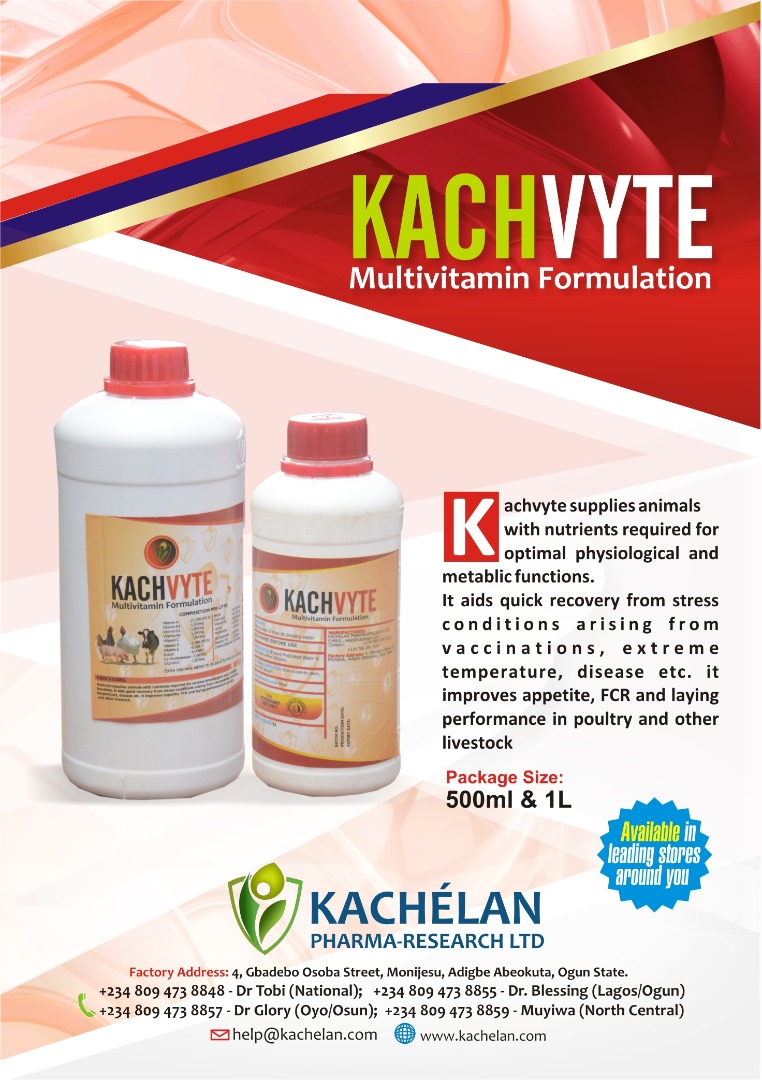How to Control Foot-pad Dermatitis in Broiler Chickens
Careful management of broiler house conditions can minimize the incidence of foot-pad dermatitis, contributing to flock profitability and raising welfare.
Foot-pad dermatitis causes lesions on the plantar surface of poultry feet. Its prevention and control are important for both economic and welfare reasons, and several management techniques can be implemented to reduce its occurrence.
 Learn More
Learn More
Long term contact with wet litter is the biggest contributor to foot-pad dermatitis. Litter with a high moisture content will stick to a bird’s feet, softening the skin and, eventually, rubbing the skin away to form lesions. The challenge is identifying the cause of wet bedding, since multiple factors impact litter moisture content, and taking preventive or remedial action.
Litter type
Evaluate the types of bedding available and select an economical option with good absorption potential. Good bedding efficiently wicks moisture from its surface releasing it back into the environment over time. Particle size, initial moisture content, and other characteristics impact a material’s ability to control moisture.
Litter Depth
Ensure litter depth is appropriate for the selected bedding type. Increasing litter depth provides greater wicking capacity and reduces relative humidity at the surface of litter.
Ventilation
Check ventilation systems daily. Ventilation provides fresh air for birds, removes gases, such as ammonia and carbon dioxide, optimizes temperature, and controls humidity so neither moisture nor dust builds up within the house.
Normal relative humidity in a broiler house should be from 50-65%, adjusted for temperature.
Watering equipment
Leaking water systems or excessive spillage while birds drink puts water directly into the litter.
Inspect systems daily for leaks. Flush and clean water systems regularly to remove debris from lines and remove scale that will clog nipples, keeping them from sealing properly.
Consider changing systems if spillage is an issue. Less spillage occurs with nipple drinkers or cup drinkers compared to bell drinkers or trough drinkers.
Adjust the height of drinkers to match the bird’s size. Drinkers set too low will result in more spillage. Drinkers set too high may impede the bird’s ability to drink enough water.
Monitor system pressure. Birds spill more water if the pressure is too high, and will not get enough water if pressure is too low.
Disease state
Consult a poultry veterinarian to determine if diseases, such as coccidiosis or colibacillosis, are contributing to wet litter. Diseases that cause gastrointestinal, liver or kidney damage will change fecal consistency, increasing the likelihood of foot-pad dermatitis
READ ALSO: Sudden Death Syndrome of Broiler Chickens
Stocking Density
Stay within recommended guidelines for bird density, and consider reducing density if foot-pad dermatitis cannot be controlled. In addition, evenly distribute the appropriate number of feeders and waterers throughout the house to avoid high-density hot spots. Increased bird density can overload the wicking capacity of the litter.
Seasonality
Be extra vigilant during spring and winter, as these seasons have higher incidences of foot-pad dermatitis.
Nutrition
The quality and type of feed ingredients used in poultry diets impact water consumption and manure hardness. Consider the following:
READ ALSO: HOW TO IDENTIFY BIRD FLU SYMPTOMS IN CHICKENS
Methionine helps with skin healing, and biotin is important for good skin integrity; Sufficient amounts of both will help protect feet from lesions.
Use synthetic amino acids to balance rations. Diets not balanced for amino acids often compensate with excessive amounts of crude protein that result in increased uric acid excretions, increased water consumption and loose, sticky droppings.
Some protein substitutions affect gut health, leading to loose droppings. For example, foot-pad dermatitis has been shown to increase in birds feed diets where soybean meal has been partly replaced by rapeseed meal or algae meal.
Birds on all vegetarian diets have moister droppings.
Diets with high salt content – usually from formulation mistakes – increase water consumption, thereby increasing moisture in litter.
Deficiencies in zinc, copper and molybdenum can increase foot-pad dermatitis.
Review feed components with the compounder or a poultry nutritionist. Carefully evaluate before modifying feed content, as frequent changes in ingredients can impact intestinal bacteria populations and negatively affect fecal consistency.
Lighting
Intermittent lighting programs encourage activity, which reduces foot-pad dermatitis. Also, lighting should be evenly distributed throughout the house to promote proper distribution of birds.
If the moisture content of litter is well controlled and foot-pad dermatitis is still an issue, consider changing bird strains, as some bird lineages show greater tendencies to develop foot-pad dermatitis. Genetics should be evaluated, especially when lesions appear in young birds.














